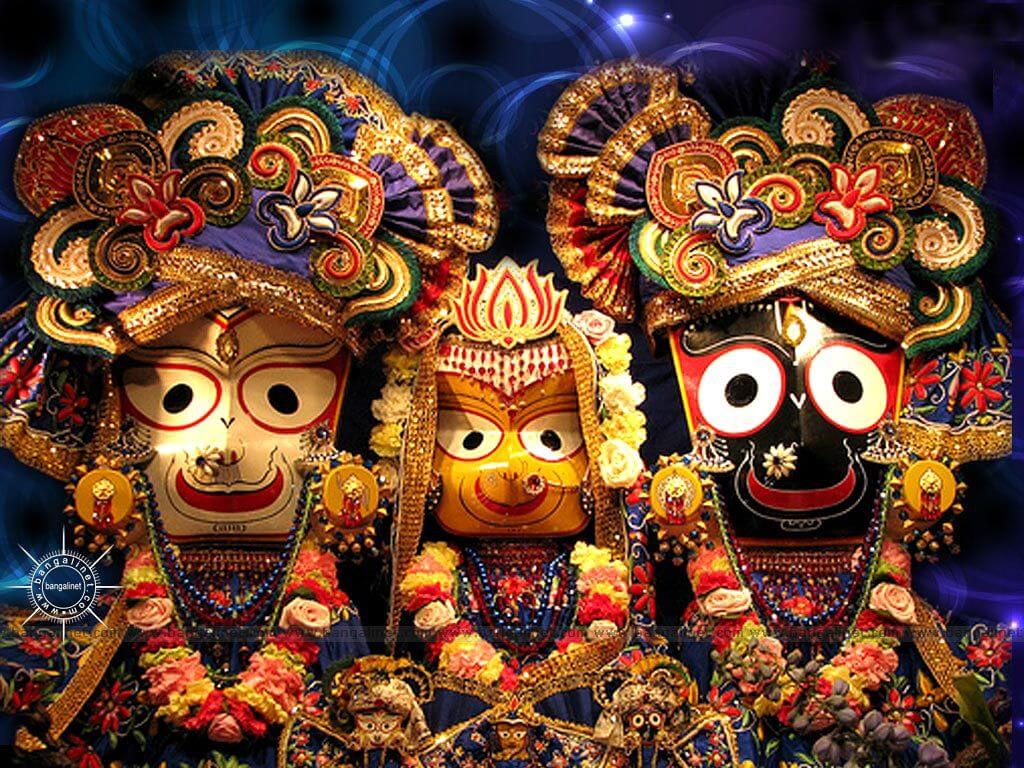The Jagannath Temple, located in Puri, Odisha, India, is a renowned Hindu pilgrimage site that captivates devotees and tourists alike. Known for its historical significance, architectural splendor, and religious fervor, the temple attracts millions of visitors every year. In this article, we will delve into the rich history, captivating legends, architectural marvels, and spiritual significance of the Jagannath Temple.
History and Significance:
The Jagannath Temple holds a significant place in Hindu mythology and history. Built during the 12th century by King Anantavarman Chodaganga Deva, the temple is dedicated to Lord Jagannath, an incarnation of Lord Vishnu.
According to legends, Lord Jagannath, along with his brother Balabhadra and sister Subhadra, visit the temple every year during the famous Rath Yatra (Chariot Festival). This festival attracts devotees from all corners of the globe, making it one of the most celebrated events in India.
Architectural Marvels:
The temple’s architectural style is a blend of Kalinga and Dravidian influences, reflecting the rich cultural heritage of the region. The main temple structure, known as the Deula, stands tall with its majestic spire towering above the Puri skyline.
The temple complex also includes various other structures like the Mukti Mandap, Bhoga Mandap, and Natya Mandap, each adorned with intricate carvings depicting mythological stories and divine beings. The temple’s towering flag known as the Dwajastambha adds to the grandeur of the complex.
Rituals and Festivals:
The Jagannath Temple is a hub of religious activities and rituals. The daily rituals include the offering of Mahaprasad, a sacred food offered to Lord Jagannath, which is believed to possess divine blessings.
The temple follows a strict schedule of daily rituals and ceremonies, including the famous ‘Pahandi Bije,’ where the deities are ceremoniously carried from the sanctum to the chariots during the Rath Yatra. The Rath Yatra itself is a magnificent spectacle, with three colossal chariots pulled by thousands of devotees through the streets of Puri.
Spiritual Significance:
The Jagannath Temple holds immense spiritual significance for devotees. It is believed that a visit to the temple and offering prayers to Lord Jagannath can bring divine blessings, prosperity, and spiritual liberation.
The temple also acts as a meeting point for people from various walks of life, promoting unity and inclusivity among its devotees. The tranquil atmosphere within the temple premises provides a serene environment for meditation and introspection.
Travel Tips and Accessibility:
For those planning to visit the Jagannath Temple, it is advisable to check the temple’s official website or contact the local authorities for the most up-to-date information on entry timings, dress codes, and any specific guidelines for visitors.
The temple is well-connected by road and rail, with the nearest airport being Bhubaneswar, which is approximately 60 kilometers away.
Conclusion:
The Jagannath Temple stands as a symbol of religious devotion, architectural brilliance, and cultural heritage. Its rich history, awe-inspiring architecture, and vibrant festivals make it a must-visit destination for spiritual seekers and cultural enthusiasts.
The spiritual aura and divine grace that envelop the temple premises offer a unique experience that leaves a lasting impression on the hearts and minds of all who visit. Embark on a journey to the Jagannath Temple, and immerse yourself in the divine bliss and cultural grandeur that this sacred place has to offer.

Leave a Reply